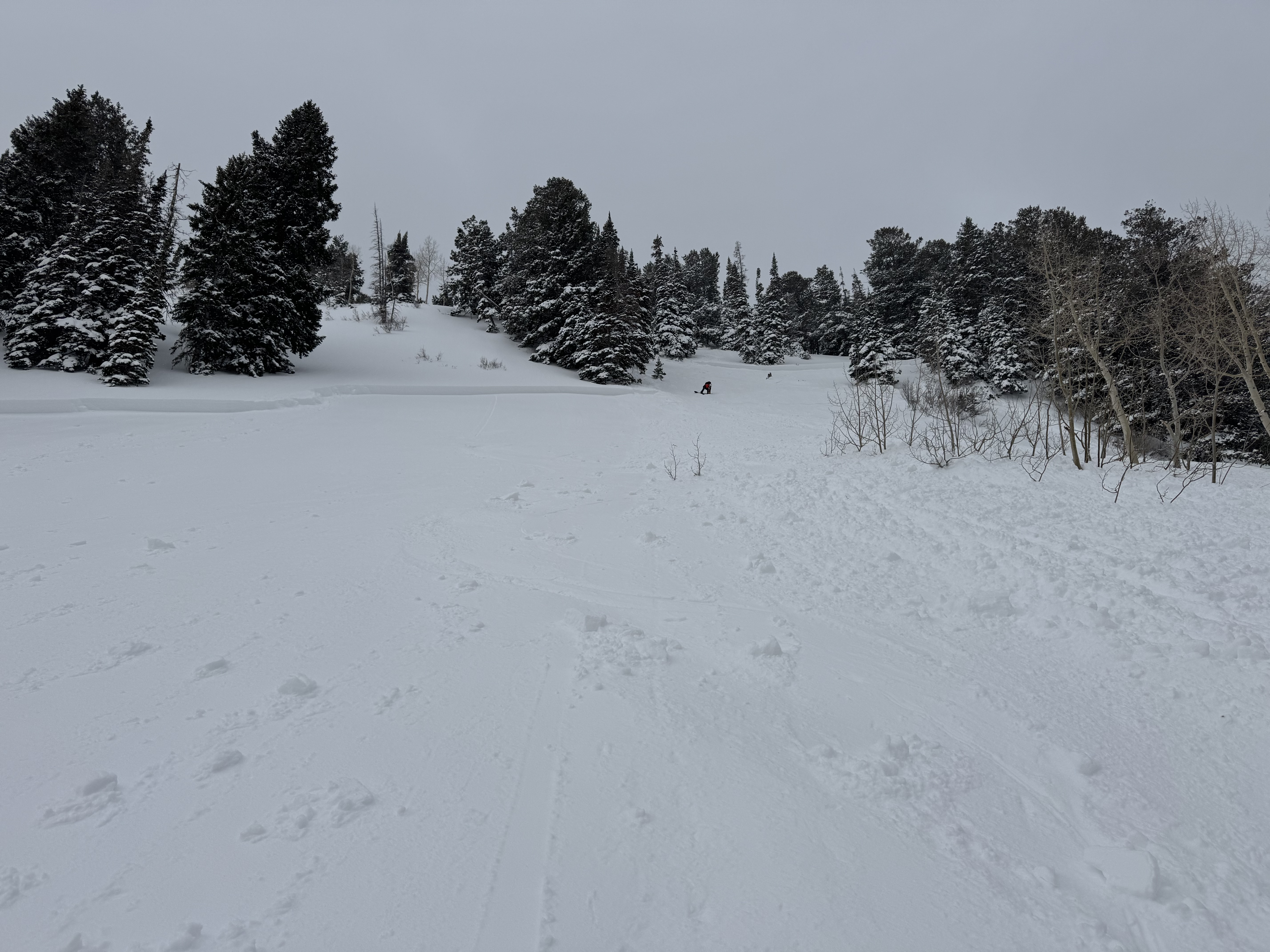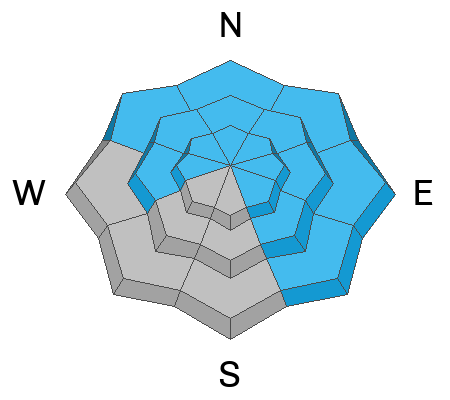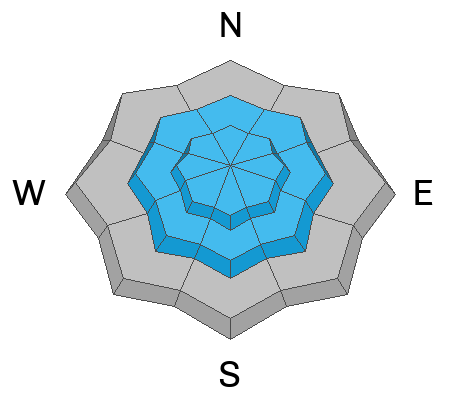Forecast for the Salt Lake Area Mountains

Issued by Paige Pagnucco on
Tuesday morning, February 18, 2025
Tuesday morning, February 18, 2025
The avalanche danger is CONSIDERABLE on all aspects and elevations. Human-triggered avalanches are likely on most slopes, especially on those with buried weak layers.
My travel advice today: Avoid travel in avalanche terrain.

Low
Moderate
Considerable
High
Extreme
Learn how to read the forecast here









